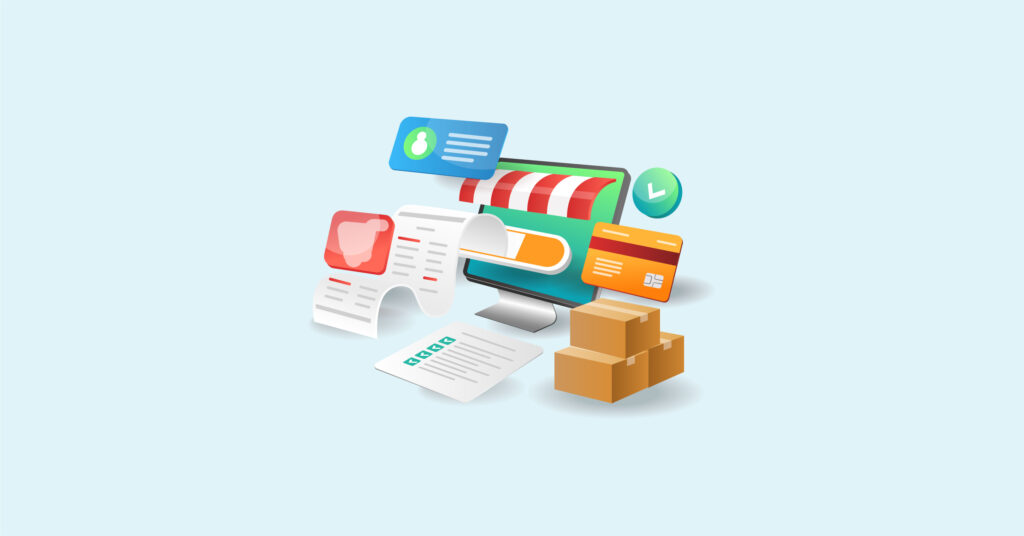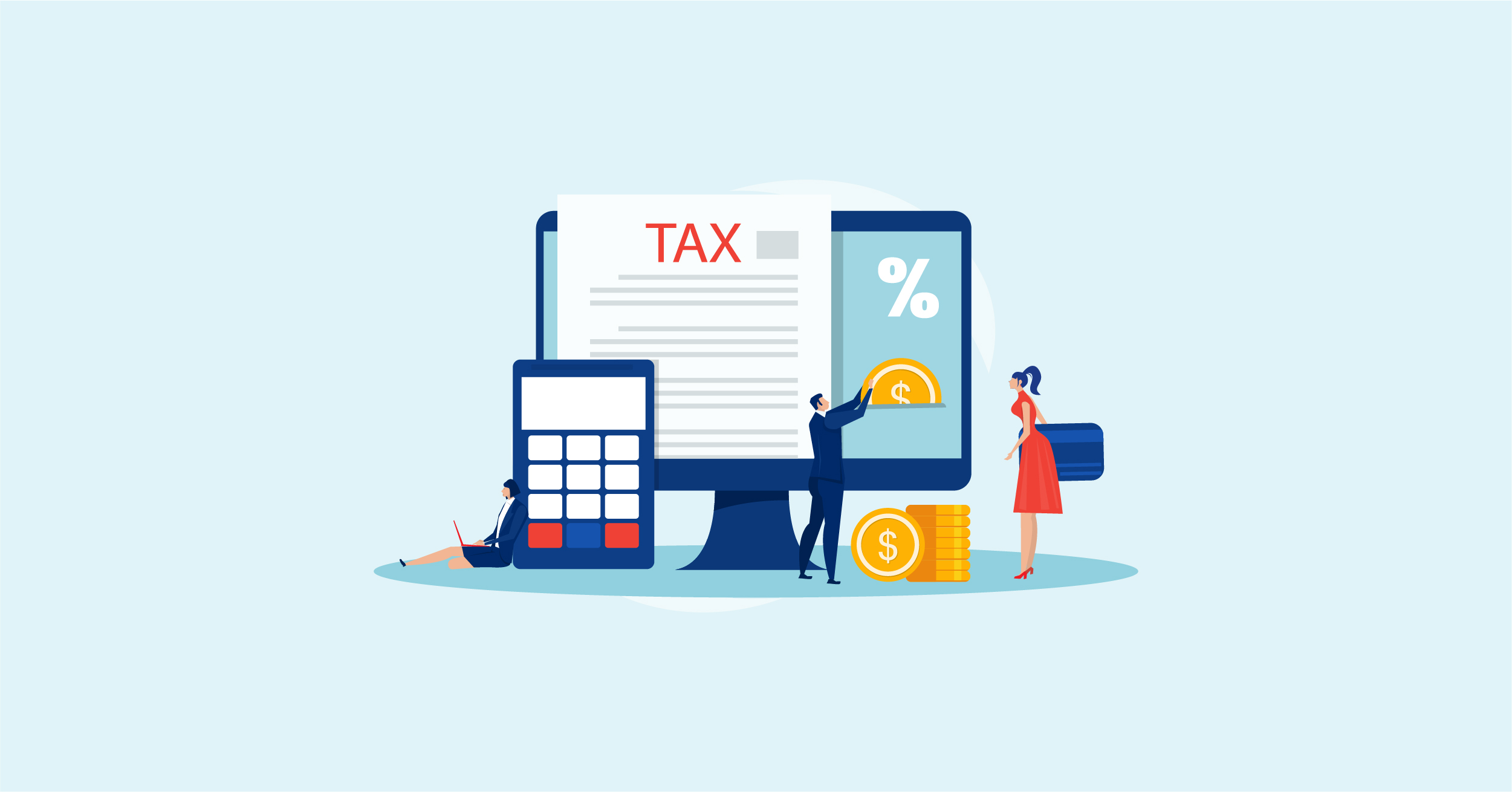The eCommerce landscape is constantly changing, and to succeed in this dynamic environment, businesses must continuously adapt and optimize their strategies. One crucial aspect of running a successful eCommerce business is determining the appropriate pricing strategy for your products. Retail and wholesale pricing models are two key components that, when combined effectively, can drive growth and profitability.
In this article, we will explore both pricing models, discuss retail vs. wholesale price, their multiple approaches, and how you can calculate and implement them in your eCommerce business to maximize profits. So, with no further ado, let’s dive in!
What is Retail Pricing?
Retail pricing refers to the process of determining the final price at which consumers buy a product. This pricing model represents the amount a customer pays when buying a product from a retailer, either online or in a physical store. Retail pricing encompasses costs such as product manufacturing, distribution, marketing, and a profit margin for the retailer. Striking the right balance in setting retail prices is essential, as it greatly impacts customers’ purchasing decisions.
As a general rule, the retail price you set for each item must account for the item’s cost as well as any markups you apply to generate a profit from selling it.
Various Approaches for Retail Pricing
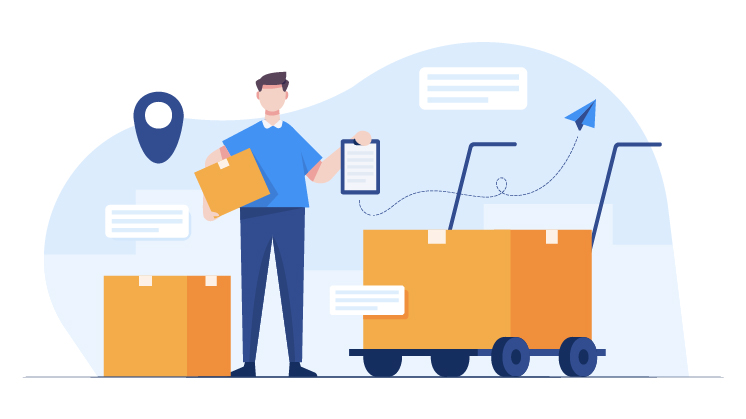
Creating an effective retail pricing strategy involves evaluating different approaches. Each approach has its unique benefits and drawbacks. Let’s explore different retail pricing methodologies that can help you maximize profits while catering to your customers’ needs and preferences.
Cost-Plus Pricing: Adding a Markup to Product Costs
Cost-plus pricing is the most simple and easy-to-follow approach to determine the retail price by adding a markup to the product’s cost. This method ensures that the retailer covers all production, distribution, and marketing costs while earning a profit. To implement cost-plus pricing, retailers can:
- Determine the total cost of producing or acquiring a product, including manufacturing, distribution, and marketing expenses.
- Establish a desired profit margin or markup percentage based on industry standards or competitive analysis.
- Calculate the retail price by adding the markup to the product cost.
This approach offers simplicity and ensures profitability. However, it may not consider customers’ perceived value or market conditions.
Competitive Pricing: Setting Prices Based on Competitors
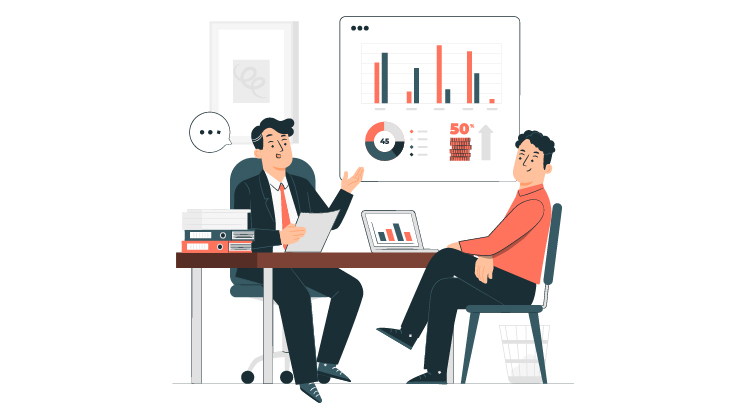
The purpose of competitive pricing is to determine the price of similar products based on what your competitors are charging. This approach helps retailers remain competitive in the market and attract price-sensitive customers. To set competitive pricing, retailers should:
- Conduct market research to identify competitors and gather data on their pricing strategies.
- Analyze the competitive landscape, considering factors such as product quality, brand positioning, and customer service.
- Set prices that are competitive yet maintain profitability, taking into account costs and desired profit margins.
Having a competitive price can attract customers and improve market share, but if you do not manage it correctly, it may lead to price wars and lower profit margins.
Value-Based Pricing: Aligning Prices with Perceived Value
It’s about setting prices based on how customers perceive a product’s value. Retailers who apply this approach ensure customers feel they are getting value for their money, which leads to increased satisfaction and loyalty. To use a value-based pricing approach, retailers can:
- Get customer feedback to understand their needs, preferences, and willingness to pay for a product.
- Find out the unique selling points (USPs) and value propositions of the product to justify the price.
- Set prices that reflect the product’s perceived value while maintaining profitability.
Retailers can get higher customer satisfaction and loyalty using this method; however, it requires an in-depth understanding of the target market and effective communication of the product’s value proposition.
Psychological Pricing: Leveraging Customers’ Perception

With this pricing approach, retailers take advantage of customers’ perceptions and cognitive biases to influence consumer behaviour and entice customers to purchase a product. It refers to the idea that people are more likely to make decisions based on emotions and perceptions than rational thought.
For instance, a $10 item placed next to a $20 similar item with different branding may make the $10 item seem like a better deal. However, retailers should be careful not to set the price too low since that might be an indication of low quality.
To implement a psychological pricing strategy, retailers can:
- Use charm pricing, such as setting a price at $9.99 instead of $10, which makes the product seem less expensive.
- Offer limited-time discounts or flash sales to create a sense of urgency and encourage impulse buying.
- Use price anchoring, where a higher-priced item is displayed next to a lower-priced item, making the latter seem like a better deal.
There is no doubt that psychological pricing can boost sales and conversions, but you have to use it judiciously to avoid undermining the brand’s image or profitability.
Dynamic Pricing: Adapting Prices to Market Conditions
Dynamic pricing empowers retailers to respond to changes in the market more quickly and effectively. It involves adjusting prices in response to real-time market conditions, such as demand fluctuations, competitor pricing, or seasonal trends. To apply this pricing approach, retailers should:
- Invest in pricing software or algorithms that monitor market conditions and competitor prices.
- Establish pricing rules and thresholds to maintain profitability and avoid extreme price fluctuations.
- Continuously analyze data and adjust prices accordingly, ensuring they remain competitive and profitable.
Incorporating dynamic pricing can boost revenue and market share, though it requires adequate investment in technology and ongoing monitoring.
Bundle Pricing: Offering Discounts on Product Sets
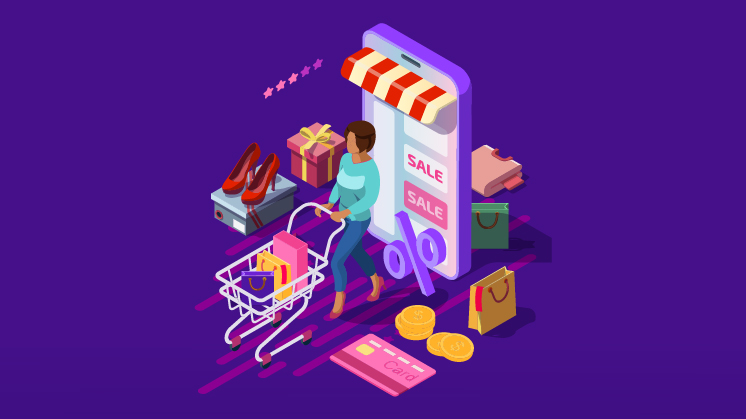
Bundle pricing is a strategy where retailers offer discounts on sets of products purchased together. By doing so, retailers can entice customers to buy more items at once, increasing the average order value and promoting inventory turnover. Retailers can implement bundle pricing by:
- Identifying complementary products customers are likely to purchase together, such as a camera and a memory card.
- Setting the right discount level for the bundle that offers value to customers while maintaining profitability.
- Market the bundled products through marketing and merchandising efforts, highlighting the cost savings and added value.
Offering discounted bundles can increase sales and inventory turnover, yet they must be carefully planned and analyzed to ensure profitability without cannibalizing individual product sales.
Promotional Pricing: Attracting Customers with Time-Limited Offers
Promotional pricing is one of the best strategies to attract customers. It involves offering temporary discounts or incentives to encourage customers to make a purchase. It helps retailers to generate buzz around a product, acquire new customers, and stimulate sales when sales are slow. Retailers should follow the following guidelines when implementing promotional pricing:
- Choose the right timing for promotions, such as during seasonal sales, product launches, or special events.
- Consider the most suitable type of promotion, such as percentage discounts, buy-one-get-one-free offers, or free shipping.
- Promote the offer through various marketing channels like email, social media, and in-store signage.
While promotional pricing can increase sales and bring in new customers, you need to use it strategically to avoid shrinking profit margins and to avoid creating customer expectations of constant discounts.
How to Calculate Retail Price for a Product Based on Cost
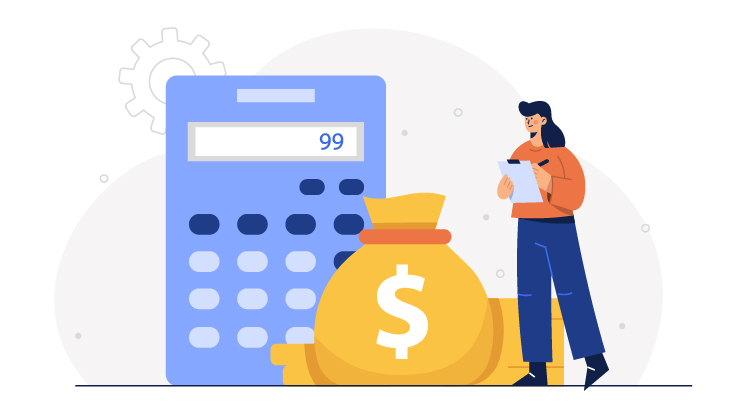
Calculating a product’s retail price based on cost requires a thorough understanding of what affects the final price. By considering factors such as production costs, distribution expenses, marketing, and desired profit margins, you can set competitive retail prices while ensuring profitability for your business.
Here’s a step-by-step procedure for calculating the retail price based on cost:
- Identify Product Costs: The first step is to figure out the total cost of producing or acquiring the product. Any expenses associated with getting the product ready for sale, such as manufacturing costs, packaging, shipping, and so on, are included in this calculation.
- Calculate Overhead Costs: These are the indirect expenses related to running your business, such as rent, utilities, and administrative costs. Allocate a portion of these overhead costs to each product based on a reasonable method, such as the percentage of sales, square footage, or the number of units produced.
- Determine Desired Profit Margin: Establish a target profit margin or markup percentage for each product. It’s the amount you want to earn over the cost of the product to cover expenses and generate profit. Analysis of industry standards, competitor pricing, and your business’s unique value proposition can help you identify your profit margin.
- Calculate Markup Amount: Multiply the total cost (product costs + allocated overhead costs) by the desired profit margin percentage to find the markup amount. For example, if the total cost is $10 and you want a 50% profit margin, the markup amount would be $5 ($10 x 50%).
- Set Retail Price: Finally, add the markup amount to the total cost to arrive at the retail price. In the example above, the retail price would be $15 ($10 cost + $5 markup).
Important Note: Remember that calculating retail prices based on cost is just one approach to pricing your products. While it helps ensure profitability, it’s essential to consider other factors, such as market trends, competitor prices, and customer preferences, when determining the best pricing strategy for your business.
What is Wholesale Pricing?
The wholesale price is the amount a wholesaler or distributor pays a manufacturer to buy their products. There are a lot of factors that go into wholesale pricing, and those factors can vary from one business to another.
The process of procuring materials, manufacturing, and distributing products can differ for each supplier, leading to different prices for similar products. Also, factors such as material availability, economic conditions, business owners’ operational growth, and customer demand can impact wholesale prices.
Therefore, during periods of raw material scarcity or economic downturns, it is advisable to regularly verify the prices offered by your suppliers.
Various Approaches for Wholesale Pricing

You need to understand various approaches to come up with the best wholesale pricing strategy. Below, we are going to take a look into some of the prominent wholesale pricing approaches that can help you decide on the right pricing strategy for your wholesale business.
Volume-Based Pricing: Offering Discounts for Bulk Orders
Volume-based pricing is a popular approach for wholesale pricing, where wholesalers offer discounts based on how many products a customer orders. By incentivizing bulk orders, wholesalers can encourage larger purchases to increase revenue.
It’s a win-win situation for both buyers and wholesalers. Buyers can take advantage of quantity discounts to optimize their costs, while wholesalers can reduce their inventory.
If you run a WooCommerce wholesale store, consider using the Wholesale for WooCommerce plugin, as it makes implementing volume-based pricing seamless. This plugin lets you set up different pricing levels for bulk purchases and offers an easy way to manage your volume-based pricing strategy.
Tiered Pricing: Establishing Price Levels Based on Order Quantity

Tiered pricing is another common method used in wholesale pricing. With such an approach, wholesalers establish different price levels based on the order quantity. The per-unit price decreases as the order quantity increases, encouraging customers to purchase more products. However, wholesalers can earn big profits using this approach compared to the volume-based approach.
Let’s make it easy to understand with an example:
Suppose a wholesaler sells office supplies and offers a tiered pricing structure for bulk printer paper orders. The pricing tiers could look like this:
- 1-50 ream boxes: $10 per box
- 51-100 ream boxes: $9 per box
- 101-200 ream boxes: $8 per box
- 201-250 ream boxes: $7 per box
- 250+ ream boxes: $7 per box
In this example, customers who purchase more printer paper receive a progressively larger discount on the additional per-unit price. If a customer buys 100 boxes, the customer will pay $9 per box instead of $10 for every additional box after 50, resulting in a total cost of $950 instead of $1000.
Tiered pricing incentivizes customers to purchase more products and allows wholesalers to generate higher revenues through larger sales volumes.
Although it seems complicated to implement this strategy in your eCommerce business, the good news is that using the Tiered Pricing for WooCommerce plugin makes it easy to set up and manage tiered pricing for your WooComemrce store. Using this plugin, you can create different price tiers for different product quantities with an intuitive drag-and-drop user interface.
Regional Pricing Approach
Regional pricing involves adjusting a product’s price based on the location of the buyer. This strategy can take several forms, including the following:
Point of Origin Pricing
Also known as Free on Board (FOB) origin pricing, this method implies setting the price of your goods without adding transportation costs. Wholesalers use this pricing strategy when they do not cover freight or transit costs. In this case, wholesale customers choose their preferred mode of transportation for their products and bear the transportation expenses.
Consistent Delivery Pricing
This approach entails charging the same price for a product regardless of the customer’s location. The strategy is sometimes referred to as postage stamp pricing since it is similar to the pricing of the postal service.
Zonal Pricing
In zonal pricing, the price of a product depends on the distance between the seller and the buyer. According to this model, buyers farther away from you pay more for the same product than those closer.
Freight-Inclusive Pricing
Freight-inclusive pricing is an alternative to point-of-origin pricing, where the seller absorbs all costs related to transporting the goods to the buyer. Customers may find this strategy appealing, as they do not have to worry about additional shipping expenses.
How to Calculate Wholesale Price for a Product Based on Cost
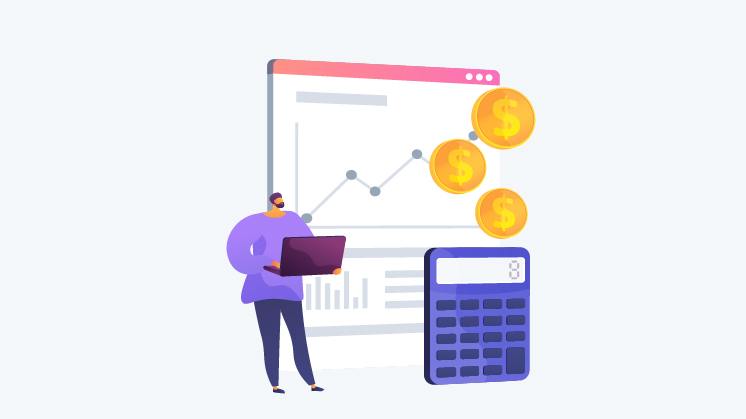
Once you have selected the pricing strategy, now it’s time to start calculating the wholesale price.
To calculate the wholesale price, you need to know the cost of manufacturing or procuring the product, as well as your desired profit margin.
To start, you can use the following formula to calculate your wholesale price:
The average cost of goods manufactured / (1- Profit margin in %) = Wholesale price
Let’s look at how you can calculate each value to determine the wholesale price.
- The average cost of goods manufactured:
The average cost of goods manufactured includes all the costs involved in making the product available, such as materials, labor, overhead, administrative expenses, and shipping. To calculate the average cost of goods manufactured, follow these steps:
Step 1: First, you need to calculate the total cost of goods manufactured (TCGM) by adding up all the input costs, including labour, overhead, materials, and capital costs.
Labor + Overhead + Materials + (Other Applicable Costs) = TCGM
Step 2: Now, you can get the average cost of goods manufactured (ACGM) by dividing the TCGM by the total number of units manufactured or produced.
TCGP / Total Number of Units = ACGM
- Profit Margin:
Profit margin is the percentage of profit you intend to make on each product, and you can determine it by comparing what retailers would likely charge for your product. A profit margin of 30 to 50% of ACGM is typical for wholesalers or even higher.
After getting the value of both variables, put them into the formula to get the wholesale price of a product.
For Example:
The TCGM (Total cost of goods manufactured) is $6,000 + $500 + $500 = $7,000, and the total produced units are 450.
The ACGM (Average cost of goods manufactured) would be $7,000 / 450 = $15.5.
Wholesale price = ACGM / (1 – Profit margin percentage)
Wholesale price = $15.5 / (1 – 50%)
Wholesale price = $15.5 / (1 – 0.5)
Wholesale price = $15.5 / (1 – 0.5)
Wholesale price = $31
You can see that the $31 price includes 50% of the profit margin and $15.5 of ACGM.
Kickstart Your Wholesale Business in No Time With Wholesale for WooCommerce
As a WooCommerce store owner, you know how important it is to cater to retail and wholesale customers. But most importantly, managing wholesale pricing, user roles, and ordering processes can be complex and time-consuming, especially without a dedicated plugin to handle these tasks. This complexity can lead to lost sales, reduced profitability, and increased operational costs.
But don’t worry; we’ve got you covered! We present Wholesale for WooCommerce – the most powerful and complete wholesale solution for your WooCommerce store. This plugin allows you to effortlessly manage your product pricing, ordering processes, and multiple wholesale user roles, enabling you to focus on growing your wholesale business.
With Wholesale for WooCommerce, you can:
- Set up wholesale pricing for both simple and variable products quickly and easily.
- Create and manage multiple wholesale user roles with discounts, pricing options, and features.
- Control product visibility and restrict access to specific wholesale user roles.
- Implement tiered pricing rules based on product categories and regional settings.
- Manage approval and rejection of wholesale registration requests with an easy-to-use interface.
- Customize your front-end wholesale registration form for a seamless user experience.
- Offer tax exemptions for eligible wholesale customers.
- Set minimum order quantities for wholesale orders and much more.
So, don’t let the challenges of managing your wholesale operations hold you back any longer. Take control and unlock the full potential of your wholesale business today with Wholesale for WooCommerce.
Wrapping Up
No matter which pricing approach you adopt for your eCommerce business, you must be aware of the production or acquisition costs associated with your goods because knowing these costs will help you set reasonable prices for your products to avoid any potential losses.
Implementing custom wholesale pricing strategies can be challenging, especially if your business offers a wide range of products. Also, managing pricing for various products and customer segments can be time-consuming.
However, with the Wholesale for WooCommerce plugin, you can effortlessly implement multiple pricing strategies for diverse product categories and seamlessly manage all the aspects of your wholesale store. So, give the Wholesale for WooCommerce plugin a try today! And take your eCommerce business to the next level by optimizing your pricing strategy for maximum profitability.
Frequently Asked Questions
What is the price difference between retail and wholesale?
The primary difference between retail and wholesale prices is that retailers add a markup to the wholesale price to cover their operating expenses and profit margins. The markup varies depending on the industry, product, and market conditions, but it’s generally higher in retail than wholesale.
What is the most popular method used by wholesalers and retailers to establish a sales price?
The most popular method wholesalers and retailers use to establish sales is cost-plus (cost-based) pricing. This method combines the cost of producing or acquiring a product with a markup percentage to determine the final selling price.
Why is there a difference in price between goods of a wholesale and retail market?
The price difference between goods in wholesale and retail markets is due to the different roles these markets play in the supply chain. Wholesalers sell products in bulk to retailers at lower prices, while retailers sell individual units to end customers at higher prices. Retailers add a markup to cover their operating costs, such as rent, employee salaries, and marketing, to generate a profit.
Which is more profitable, wholesale or retail?
Profitability depends on factors such as market demand, competition, and operating costs. In general, retail can yield higher profit margins due to the higher markup on products. However, wholesale businesses can benefit from economies of scale (high volume at low cost) and lower operating expenses, allowing them to reap substantial profits.
Is the wholesale price half of the retail?
There is no fixed rule for determining the wholesale price as half of the retail price. The relationship between wholesale and retail prices can vary depending on the industry, product, and market conditions. In some cases, the wholesale price may be close to half of the retail price, while the difference may be more significant in others.

